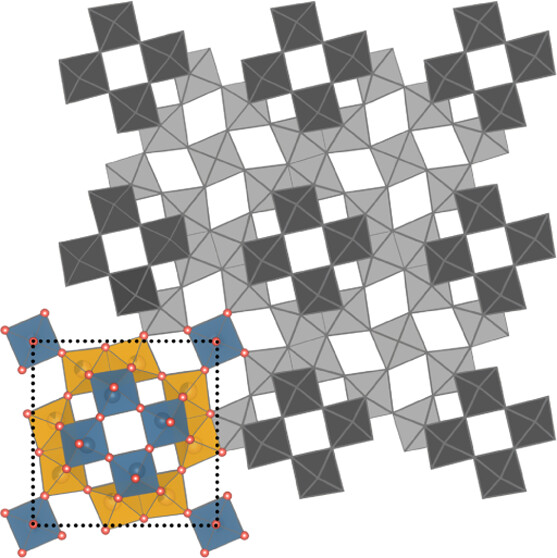Abstract
Fast charging remains one of the greatest safety challenges in Li-ion batteries due to Li-dendrite growth occurring on graphite anodes if they are lithiated too quickly. The search for high-rate anodes has highlighted materials in the Wadsley–Roth (WR) shear phase family. The relative abundance of V compared with traditional WR compositions of Nb and W makes V-based phases attractive. However, the high voltage and poor reversibility typically associated with V redox have made V-rich WR phases less studied than Nb- and W-rich phases. Here, we show that a new V-rich Wadsley–Roth phase, V7Nb6O29, achieves excellent rate capability and 80% capacity retention after 228 cycles with a relatively low average voltage of 1.76 V vs Li/Li+ compared with other V-rich WR phases. Single-crystal X-ray diffraction reveals a P4/m space group with repeating 2 × 2 × ∞ and 3 × 3 × ∞ blocks of V4+ and Nb5+ octahedra. Combined neutron pair distribution function analysis, X-ray absorption spectroscopy, and density functional theory calculations show that V redox is the primary source of capacity and that cycling stability is provided by the stable octahedral coordination adopted by V4+ in the material.
